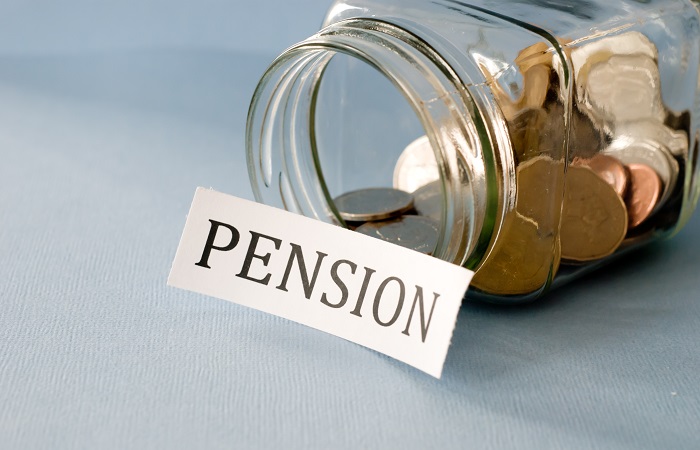
Retirement savers have accessed approximately £17.5 billion through pension freedoms since reforms were introduced in April 2015, according to data from HM Revenue and Customs (HMRC).
Its report, Flexible payments from pensions: July 2018, also found that the number of individuals who have received flexible payments from their pensions between the second quarter of 2017 and the first quarter of 2018 is 375,000. This is compared to 393,000 individuals between the second quarter of 2016 and the first quarter of 2017, and 232,000 between the second quarter of 2015 and the first quarter of 2016.
Since the introduction of pension freedoms in April 2015, approximately 1 million individuals have accessed their pension for flexible payments.
Between April and June 2018, 574,000 payments were received by 264,000 individuals, totalling £2.3 billion. This compares to 500,000 payments to 222,000 individuals in the first quarter of 2018, at a total of £1.7 billion. From October to December 2017, 454,000 payments were made to 198,000 individuals, totalling £1.5 billion. Between April and June 2017, 435,000 payments were made to 198,000 individuals, amounting to £1.6 billion.
Tom McPhail, head of policy at Hargreaves Lansdown, said: “Withdrawals are spiking around the end of tax years, suggesting investors are planning their income to make the most of their allowances and tax thresholds. We don’t think the surge in withdrawals over the last few months is down to any one factor, but we know concern about Brexit is an increasing issue for some investors and this could be driving pension withdrawals.
“Over time the numbers and values of withdrawals will continue to increase; another factor which may have caused the jump in recent months is the relatively high volume of transfers out of final salary pension schemes.”
The figures are based on data reported to HMRC. Individual numbers are rounded to the nearest 1,000. The yearly individual totals are lower than the sum of the quarterly individual numbers, as some have taken payments in multiple quarters.
Reporting was optional up to April 2016, when it was made compulsory. For this reason, figures prior to this are not comprehensive. This may account for part of the increase in reported payments seen in the second quarter of 2016.